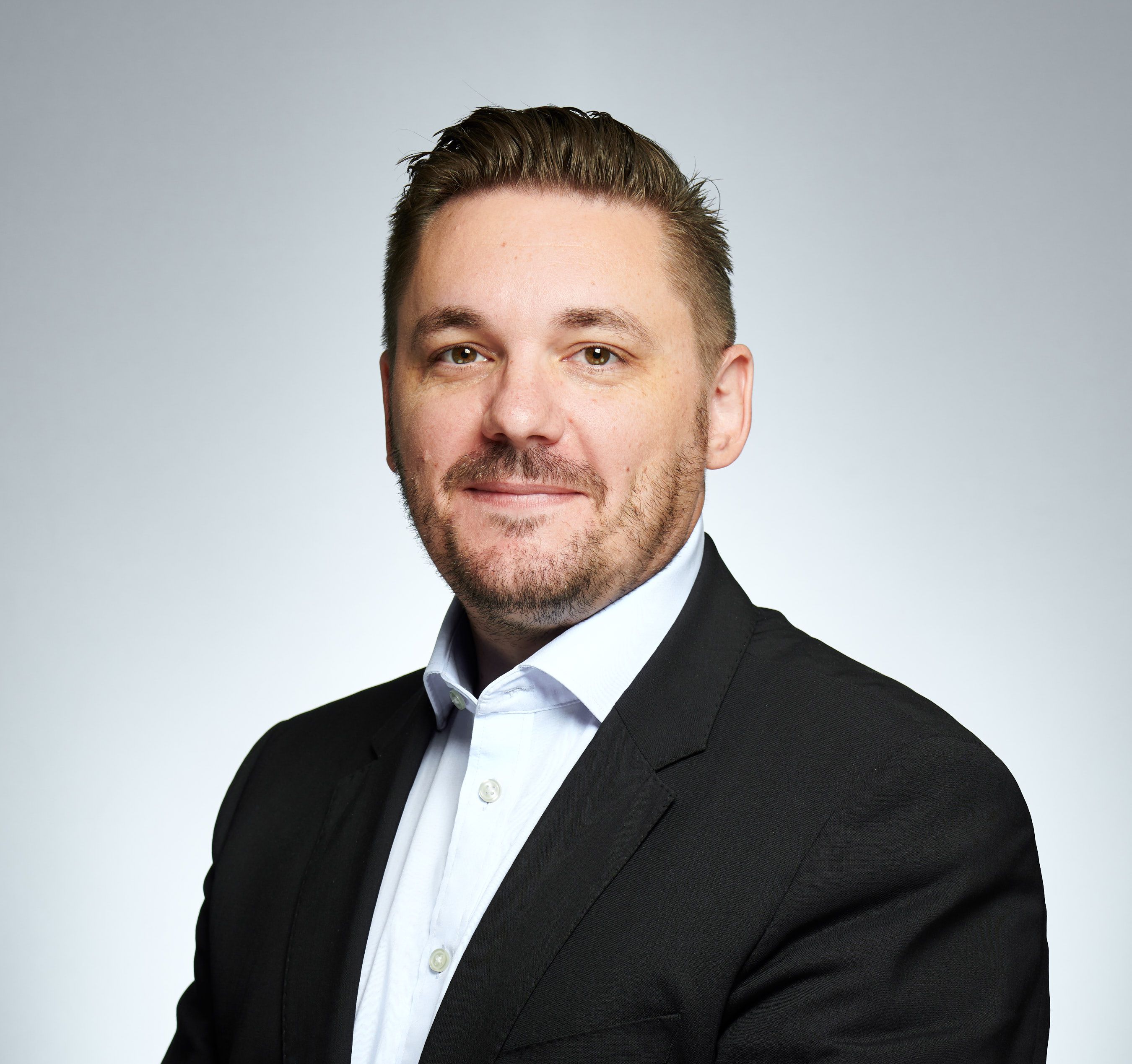What Oracle’s OpenAI Gamble Teaches Managed Service Providers About Platform Investment
19 November 2025 - 4 Minute Read
I recently read a Financial Times article examining Oracle’s extraordinary decision to massively scale its data-centre capacity to support OpenAI. It’s a striking example of a company making a huge, debt-fuelled bet on future demand, and whether you admire the boldness or wince at the risk, it raises an important question for managed service providers:
Should you invest in platforms and capability ahead of demand, or stick to buying hardware only when customers ask for it?
This dilemma is central to how MSPs grow, differentiate, and sustain long-term profitability.
Two operating models: very different outcomes
1. The just-in-time hardware model
This is the traditional MSP approach:
- Buy hardware only when a customer signs.
- Build bespoke environments one by one.
- Keep capital expenditure minimal.
It works, but it also restricts growth. Just-in-time operators often face:
- Long OEM lead times
- Limited ability to standardise
- Margin pressure
- Operational complexity
- A service that’s easy for customers to replace or compare
This model keeps the business safe, but it rarely creates meaningful differentiation.
2. The platform-led investment model
In contrast, a platform-led MSP invests in shared compute, storage, backup, tooling, automation and spares ahead of demand, not on a vast Oracle scale, but through structured, modular steps.
Benefits include:
- Predictable recurring revenue
- Faster onboarding
- Higher levels of automation
- Lower cost to serve
- Stronger customer retention
- A service that stands apart from commodity fulfilment
This is increasingly the direction of travel as hybrid and legacy workloads continue to coexist.
The Oracle lesson: investment isn’t the risk, over-concentration is
Oracle expects most of its incremental cloud revenue from 2027 onwards to come from OpenAI. If OpenAI’s demand grows as predicted, Oracle stands to gain enormously. If not, it risks vast underutilised infrastructure funded by growing debt.
For MSPs, the principle is clear:
Investing in platforms is smart; building them for a single customer is not.
The goal should be multi-tenant, reusable, scalable services that benefit the entire customer base.
Why just-in-time procurement is becoming more fragile
Even modest platform investment now provides MSPs with strategic resilience:
- OEM lead times are lengthening
- Supply chains remain volatile
- EOSL hardware is harder to secure
- Customers expect speed, stability and consistency
Buying infrastructure only when needed exposes MSPs to delay, higher costs and inconsistent delivery. Increasingly, customers expect capability to be ready, not “on order”.
What investors consistently value
The FT article also noted that AI-related announcements no longer guarantee a share-price lift. But investors do continue to reward the fundamentals:
- Recurring revenue
- Standardised platforms
- Predictable margins
- Multi-year contracts
- Operational efficiency
- A diverse customer base
These characteristics emerge from platform-led thinking, not transactional hardware fulfilment.
Practical guidance for MSPs building sustainably
1. Build in modular phases
Invest in compute, storage, backup and tooling step by step, aligned to demand curves.
2. Avoid customer dependency
Platforms should serve the whole portfolio, not a single large client.
3. Standardise services
Automation and consistent architectures reduce cost and variability.
4. Integrate lifecycle planning
Maintenance, spares and EOSL strategy matter as much as raw capacity.
5. Stay financially balanced
Investment should strengthen business resilience, not strain it.
6. Align commercial and technical strategy
Service catalogues, SLAs and pricing must reflect what the platform can reliably deliver.
The takeaway: invest with intent, not bravado
Oracle’s OpenAI deal is an extreme example, but the underlying lesson applies broadly:
Sustainable MSP growth comes from investing in scalable, multi-tenant platforms that reduce risk, enhance service consistency and support recurring revenue, not from relying on last-minute hardware procurement.
Just-in-time models may still have their place, but they won’t define the next generation of managed services.
How Baby Blue can help
At Baby Blue, we’ve built cloud infrastructure in a sustainable, modular way, balancing capability, utilisation and commercial reality. We understand what it takes to develop platforms that scale sensibly, deliver predictable margins and strengthen the value of an MSP business.
If your organisation is ready to move beyond reactive hardware procurement and build a platform-led future, we can help you get there.
About the Author

Chris Smith
Chris Smith is a sales leader and consultant with over 30 years of experience in IT managed services. With a background in IBM hardware maintenance, he transitioned from field engineer to sales and marketing director, creating the foundations for Blue Chip Cloud, which became the largest IBM Power Cloud globally at the time. Chris played a key role in the 2021 sale of Blue Chip and grew managed services revenue by 50%. He’s passionate about building customer relationships and has implemented Gap Selling by Keenan to drive sales performance. Now, Chris helps managed service providers and third-party maintenance businesses with growth planning and operational improvement.
LinkedIn
